Collaboration
The PRIME-DRE consortium is a global initiative that tries to tackle challenges in NHP neuroimaging with a collaborative and open approach. This page highlights several new and ongoing initiatives that are open to people joining the effort and making it a success. If you see a project that you are interested in, do not hesitate to contact the people behind it through one of the listed contact options. If no contact options are listed, send us a message and we will try to get you in contact with the right people.
If you have an inititative or vacancy you would like to list here fill out this issue template and we will post it for you. This could be a call for data, a job vacancy, a call for collaboration, or something else. If it takes longer than expected for your post to appear, let us know. If you are looking for collaborators, we can also recommend the PRIME-DRE Brainweb.
NHP-connectome
Several early initiatives are currently considering a large community-driven effort towards creating an NHP-connectome resource. Such project is reminiscent of the Human Connectome Project but can have many different facets. Beyond acquiring high-quality standardized new data, it might also bring together vast amounts of existing data on structural, functional and effective connectivity in the non-human primate brain. This is not only a data challenge. It will also be crucial to make the data accessible in a clever way. Lessons may be learned from the recently established Marmoset Brain Connectome which may even be expanded to include more functionality and other primate species, such as the rhesus macaque. It’s early days for this project but it has garnered broad support for its primary aims. Efforts are currently underway to explore how a number of initiatves can be unified in the most efficient way. If you are interested in joining the conversation and/or initiatives, drop us a message in the Discussion Board, find us on Mattermost, or send us an email.
Preprocessing pipelines
Preprocessing is a crucial step in non-human neuroimaging analysis. This project has 2 main objects: 1) preprocessing some of the data made available through PRIME-DE, and 2) comparing a number of existing pipelines through standardized quality control. You can find the project on the Discussion Board or Mattermost.
Genotyping, behavior & environment metadata
While the relation between brain structure/function, the environment, and behavior is rather universally recognized, details about the environment and the behavioral context in which neuroimaging studies are performed are often lacking. This project aims to establish a way for such information to be represented in metadata and more broadly shared. It also aims to collect pedigree information for heritability studies and blood/tissue sample for genotyping purposes. Additional information will follow but for now, you can find the project on the Discussion Board.
Global Primate Brain Histology Exchange
There is a treasure of histological information on primate brain structure scattered over the world, hiding in books, slice-boxes, and antique cabinets. This project aims to digitize this information and make it accessible to the global community, preferrably in a format that makes it easy to combine with modern neuroimaging data. Additional information will follow but for now, you can find the project on the Discussion Board.
Comparative neuroimaging
There are many primate species and many brains. Comparing aspects of these brains across species can teach us something about the evolution of the brain as we curretly know it. Additional information will follow but for now, you can find the project on the Discussion Board.
